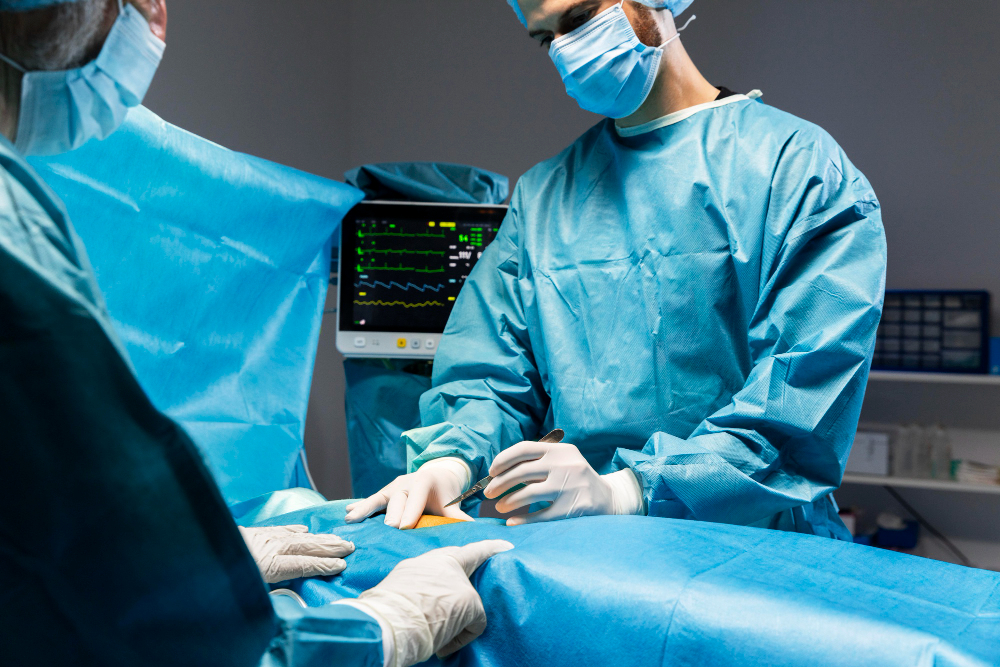What Is Gallbladder Removal?
Gallbladder removal, also called cholecystectomy, is a common surgery. Doctors often recommend it when gallstones cause pain or infection. After this surgery, your body adjusts to digesting food without the gallbladder. Life after gallbladder removal can be healthy, but you may need to make some changes. For example, your diet and daily habits might need small adjustments.
Common Changes After Surgery
After gallbladder removal, your body still digests food, but in a different way. Bile, which helps break down fat, now flows directly from the liver to the intestine. Because of this, some people notice changes, such as:
However, most symptoms improve over time. In addition, many people return to normal activities within a few weeks.
Recommended Diet After Gallbladder Removal
After surgery, your body may need time to adjust to digesting fats. Therefore, a healthy diet after gallbladder surgery is important. For example, eating smaller meals can help. In addition, choosing foods that are low in fat may reduce symptoms. Here are some tips:
Gradually, you can add more foods as your body adjusts. However, always listen to your body and make changes slowly.
Foods to Avoid and Include
Some foods may cause discomfort after gallbladder removal. For example, high-fat or fried foods can lead to diarrhea or cramps. To help your recovery, consider these lists:
Foods to Avoid
Foods to Include
In addition, try to limit caffeine and sugary drinks. Instead, choose water or herbal teas.
Lifestyle Tips for a Smooth Recovery
Besides diet, healthy habits can help you feel better after surgery. For example, gentle exercise can boost your energy. However, always start slowly and increase activity as you feel stronger. Here are some helpful tips:
In addition, avoid alcohol and smoking, as these can slow healing.
Frequently Asked Questions
When to Seek Medical Advice
While most people recover well, some symptoms need quick attention. For example, contact your doctor if you have:
In addition, always reach out if you feel unsure about your symptoms. According to the CDC and Mayo Clinic, early care can prevent complications.
For the best results, consult a healthcare specialist for personalized advice after gallbladder removal.



